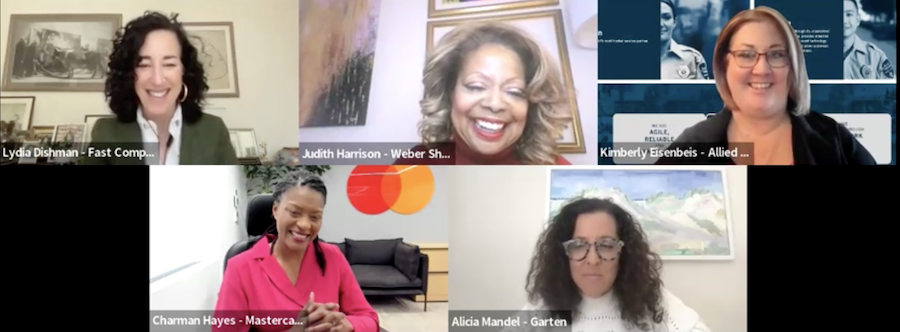How to Navigate Different Learning Styles to Include Everyone in a Large Organization
“How do we engage 1,500 learners at a single time, and how do we have content that meets the needs of all who may be attending a particular learning event?” This is a question Dr. Sherri Brooks, chief learning officer at Baptist Memorial Health Care works on each day.The organization employs more than 21,000 people, including 1,500 in leadership roles. With such a large team, learning and development efforts can be complicated. Some people are kinesthetic learners, meaning they need to engage physically during the learning process. In contrast, others are auditory or visual learners.Brooks was interviewed by Nicole Smith, editorial audience director for Harvard Business Review during a fireside chat at From Day One’s July virtual conference on upskilling and career mobility.“I’ve stopped passing judgment on what I think people should know and how I think they should behave, because what I also recognize is that not everyone is a lifelong learner,” she said. “Not everyone loves learning, engaging, and developing,” said Brooks.People come from different backgrounds and have different motivation levels. That’s why she takes ownership of “all that I can do to impact someone else’s life, particularly as it relates to professional development and growth, and learning and development.”What Makes a Good Learning Environment?Brooks says the key ingredient for an effective learning environment is leaders who “take advantage of teachable moments when there’s an opportunity to impart knowledge or insight into what a particular team member may be doing.”In particular, middle managers have an essential role because of their direct impact on frontline workers, says Brooks. “They set the tone for the organization because they are responsible for facilitating changes that may come up for explaining what’s the new learning topic of the month, or what’s needed for the organization,” she said.Nicole Smith of Harvard Business Review interviewed Dr. Sherri Brooks of Baptist Memorial Health Care during the fireside chat (photo by From Day One)Baptist Memorial Health Care holds quarterly leadership development intensives to address specific desired outcomes. “For example, if our goal is to improve overall patient experience ratings, we can do that by demonstrating compassionate connected care, which is the framework for how we really work alongside each other,” Brooks said.The organization’s leaders are trained to model specific behaviors, such as empathy. “When you have a team that's empathetic towards one another, then that translates into empathetic patient care, which then increases patient experience, which increases our patient experience ratings,” Brooks said.Ensuring Learning is Creative and EffectiveAs a large organization spread across three states, Baptist Memorial Health Care embraces technology as part of the employee learning process. They offer virtual and hybrid training methods and have invested in audience interaction tools to make presentations more engaging, Brooks says.Brooks also recommends varying learning methods. “We’re not going to call all 21,000 team members into a classroom to teach and train them on something. We have to offer content and micro learning bursts in 10 to 20 minute chunks.”Many workers don’t always have access to a computer since they don’t work from a desk, so the company makes learnings available on an app or provides desktop computer kiosks where employees can go when they have downtime.Another way to avoid learning fatigue is to avoid a fire drill approach where employees have a lot of material thrown at them at once. For example, Baptist Memorial Health Care decided to spread its orientation for new nurses over a 14-week period, where they would take a 90-minute course one day a week and then practice what they learned on their floor. “That tremendously decreased our turnover,” Brooks said.Mary Pieper is a freelance writer based in Mason City, Iowa.





